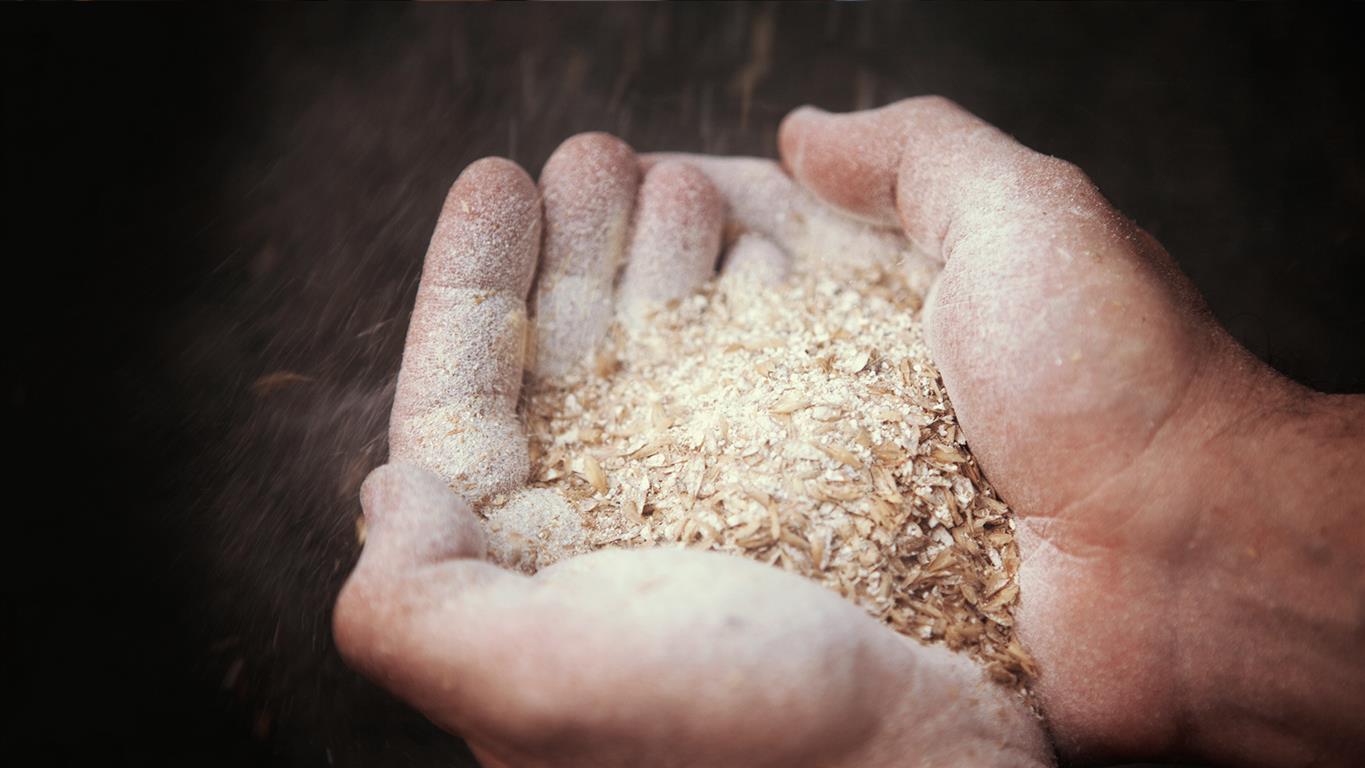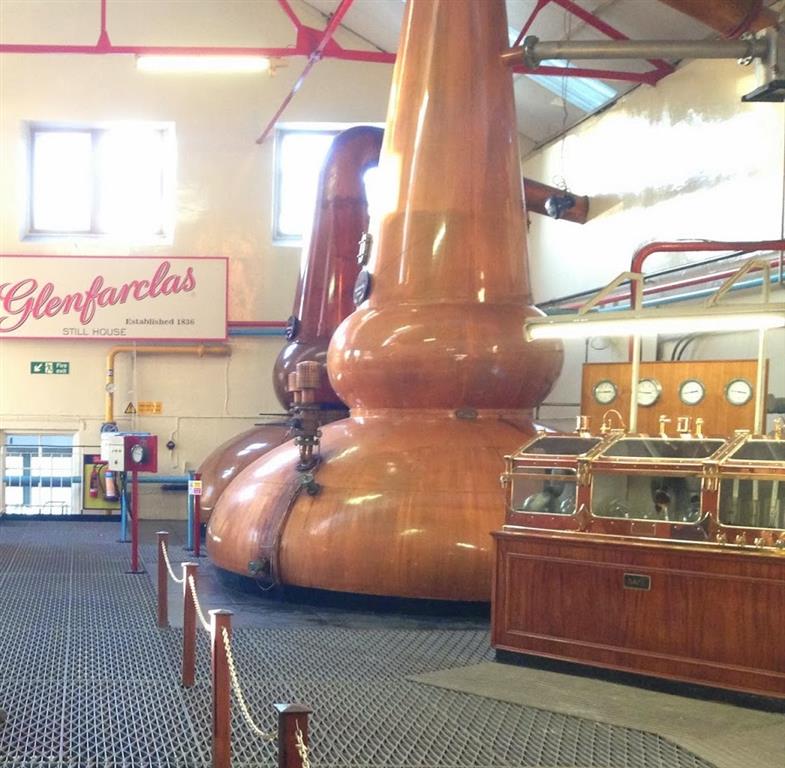
Part 3: How is Whisky Made? Mashing
| 20-12-2016 | By Emily Stockden |
In case you missed it, go back and read part 1 and part 2 of “How is Whisky Made?” Here’s a quick summary: Whisky is made from water, grain and yeast. Once the grain has been steeped, laid down on a floor or placed in a Saladin to germinate – which releases the enzyme diastase to make the starch more soluble – and then dried in a kiln to stop germination, it is ground in a mill and becomes what is known as grist. So it goes from malt to grist.

A handful of grist
The grist is added to warm water to start extracting the soluble sugars.
Glen means ‘valley’ and most valleys have been formed by water running through them. You’ll notice that there are many whiskies that start with “Glen” and this is normally where the water is from. Most distilleries are next to a river or a lake to supply them with a pure, reliable, local source of water. This water can often influence the final spirit as it can contain minerals from passing over or though granite, peat or other rock.
The liquid combination of malt and water is called the mash.

The Glenfiddich Mash Tun
It is put into a large vessel called a mash tun and stirred for hours.

Glenfarclas Distillery Mash Tun
This is the process that causes the sugars in the malt to dissolve and these are drawn off through the bottom of the mash tun and this liquid is called wort. Mashing is usually carried out three times and each time the water temperature is increased to extract the maximum amount of sugar. An important note here is that wort from the first two times only is used. The rest is put back into the next batch of new grist. Any residue, such as husks, is called draff which is collected and usually used to make farm feed.


